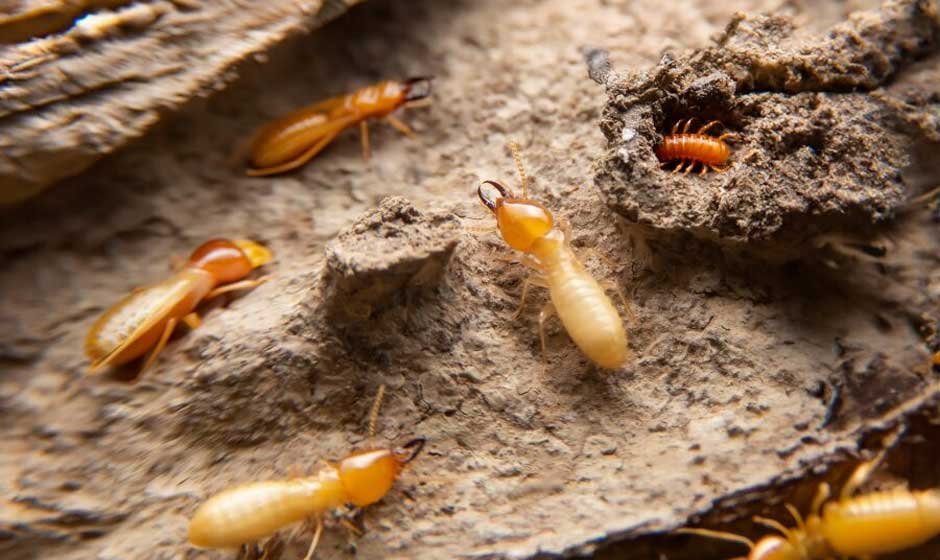Skip to the good bit
ToggleSubtle traces of termite presence often mimic everyday damage or signs of aging in wooden surfaces. These early clues usually go unnoticed until a larger structural issue appears. In areas where property wear can vary due to climate and age, it’s important to recognize signs that may seem ordinary at first glance.
Home termite control becomes relevant once patterns show consistency across walls, flooring, or outdoor areas. What begins as scattered symptoms often reveals a colony expanding beneath the surface. Here, it explains how small signals, if read correctly, can help prevent long-term damage in homes.
Mud Lines Across Foundations
Thin streaks of dirt or mud climbing along walls or siding often serve as transport routes for termites. These lines create a shielded path from the soil into the wood, maintaining moisture for the insects. In properties, such tracks are frequently seen along baseboards or foundation edges.
While easy to miss, their reappearance after removal signals active internal nesting. These pathways may extend beyond what is visible and should never be ignored if they recur consistently.
Tapping Wood Reveals Hollow Sounds
Solid wood should give a firm response when tapped. If it echoes or sounds dull, it may have been tunneled through by pests. This kind of internal damage is especially common in older homes or buildings with exposed wooden trim.
Attic beams and stair railings are common spots where this effect is noticed first. The damage may not be seen from the outside but can spread silently over time. Early sound changes should prompt a closer inspection. Even a single affected section may indicate broader activity across hidden wooden frames.
Wing Fragments Near Openings
Piles of delicate, translucent wings near vents or floor corners are strong indicators of a swarming event. Once termites find a nesting spot, they shed these wings, often leaving them behind unnoticed. Warm climates can trigger such activity, especially after damp weather.
Wing fragments near indoor light sources suggest termites have found a way inside. Repeated occurrences often indicate that internal nests are already forming behind walls or within floor spaces.
Blisters or Raised Paint Areas
The wood beneath painted surfaces can shift and warp when termites begin to carve through it. The result is bubbling or blistering in paint layers that resemble mild water damage. In homes, such paint deformations often appear in moist areas, such as laundry rooms or storage closets.
Although they seem harmless, these raised areas may indicate a larger presence hiding underneath. Identifying the cause quickly helps avoid more extensive deterioration. Ignoring early paint irregularities can lead to deeper structural weakening over time.
Soil Disruption Around Exterior Features
Loose soil around deck posts or along garden edges may seem natural but can signal tunneling from underground colonies. These movements often go undetected in outdoor spaces with frequent landscaping or irrigation. In many neighborhoods, mulch beds or shaded patios provide prime access points for pests.
Shifts in soil without rain or wind activity often hint at structured digging beneath the surface. Multiple changes over time show that something may already be active below. Even minor ground disturbances near wooden structures should be viewed as early warnings.
Home termite control helps manage the subtle signs that continue to appear in the same areas or across similar materials. These warning signals tend to grow stronger, not disappear on their own. Hence, knowing what to track and when to act becomes part of protecting both property and peace of mind.







